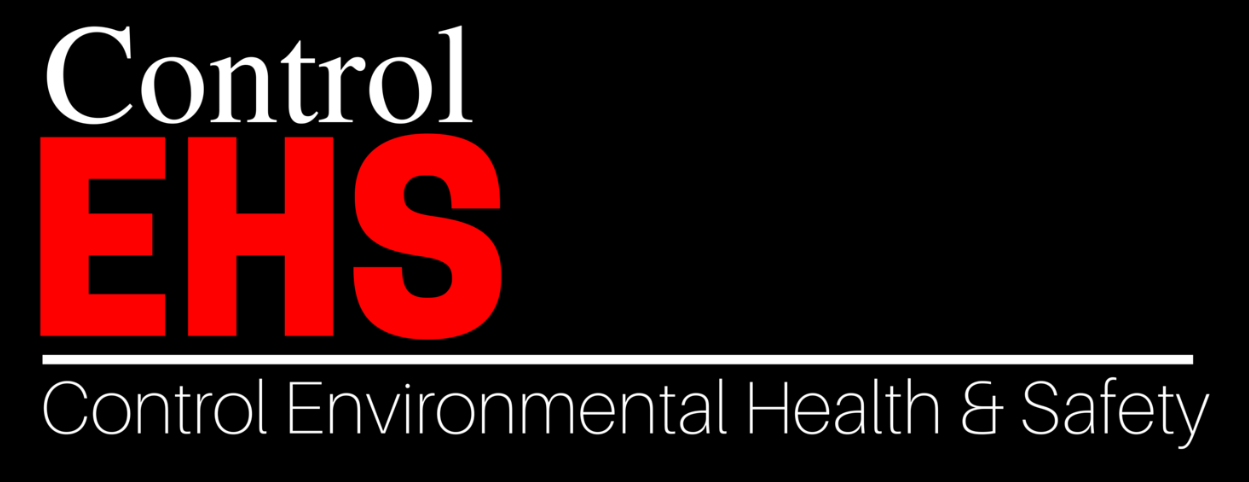Environmental Health & Safety FAQ
What is a CIH?
CIH stands for Certified Industrial Hygienist. A Certified Industrial Hygienist (CIH) is a licensed professional who has required education and experience to identify and assess hazards in the workplace. CIH’s are responsible for improving the safety of people at work by helping to prevent illnesses and injuries that can result from physical, chemical, biological and ergonomic conditions.
CIH’s are committed to a safe work environment. Some are not certified. There is a minimum level of education and experience required before a candidate may take the examination. Candidates usually hold a Bachelor’s Degree in biology, chemistry, engineering, or physics. They often complete an ABET accredited program in industrial safety. Experience is also required to prove the proper application of education and skills. The American Board of Industrial Hygiene (ABIH) is the organization that has standardized the qualifications for the industrial hygienist position, and, through its certification program, the skills of qualified professionals can be more easily recognized and valued by employers, workers and the public.
What are Industrial Hygiene Services?
We leverage our expertise in OSHA, ACGIH, NIOSH, ANSI, and other industry standards or guidelines to evaluate Industrial Hygiene procedures, policies, programs, and potential exposures– developing relevant recommendations that protect your employees’ health while reducing redundancies, speeding projects, and reducing costs.
What are the common industrial hygiene problems?
Common industrial hygiene problems include chemical hazards like mists, vapors from toxic solvents, dust from asbestos, and fumes from welding.
How can I minimize indoor mold growth?
Mold spores are everywhere both indoors and out. To grow, they need food, water or moisture, and a certain temperature range. Many building materials and building contents are good mold food and molds grow fine in a wide range of temperatures, especially indoor temperatures. So the best way of minimizing indoor mold growth is to exclude water or moisture.
My company was issued citations stemming from a recent OSHA inspection; what experience does Control EHS have with representing establishments who have been cited by OSHA?
CEHS consultants are highly qualified and have represented hundreds of clients each year. We not only provide representation at the informal conference but also assistance with the citation abatement process.
Does CEHS provide training for individuals?
No, OSHA has set a maximum training length of 7.5 hours per day. This criterion is also effective for the 30 hour training.
If there are less than 3 employees in attendance, can we still hold a 10/30 hour class in person?
No, OSHA requires a minimum of 3 students and no more than 40 per class (unless preauthorized by an OSHA Outreach Center).
Is it possible to conduct a 10-hour training in one day?
No, OSHA has set a maximum training length of 7.5 hours per day. This criterion is also effective for the 30-hour training.
How much are CEHS’s services?
CEHS prices its services based on numerous factors. Safety should not be thought of as an expense but rather an investment. A recent study published by the National Safety Council determined that for each dollar invested in safety, a three to six dollar return on investment is realized. To get an estimate, please contact us.
How do I pay for CEHS’s services?
CEHS accepts cashier’s checks, ACH payments, EFT, VISA, AMEX, or MasterCard. We also offer payment plans; please call your sales representative for more information.
When mold is considered toxic?
The term “toxic mold” is misleading. Molds may produce substances called mycotoxins that modify their environment. Some of these substances are useful as antibiotics; but others are potentially harmful, especially if eaten. However, there is little evidence that breathing mycotoxins in mold-contaminated buildings represent a health hazard.
What are the appropriate control methods for mold remediation?
Several options for cleaning up a mold condition are available, depending on the size and type of surfaces affected. Most important is the need to control dust associated with the cleanup activity. Dust should be controlled using damp cleaning methods and by using HEPA vacuuming. HEPA refers to High-Efficiency Particulate Air, meaning that the vacuum filter is capable of removing particles that are 0.3 um (micron: one-millionth of a meter) in diameter at 99.97% efficiency. Typical vacuum filters will not capture spores as efficiently and may further disperse them in air. When the size of the area with visible mold growth is large or when sensitive people (defined above) are nearby, containing the work area in a plastic enclosure is appropriate. The air inside the enclosure should be actively exhausted to the outdoors by placing the enclosed environment under negative pressure with respect to the rest of the room or building. This means if there are any leaks in the enclosure, that air will move from the cleaner areas outside the enclosure into the enclosure and minimize air movement in the opposite direction.
For your convenience, our most common customer questions are answered right here. Not finding what you want? Contact Us
